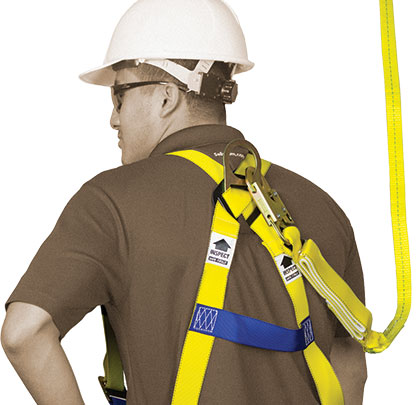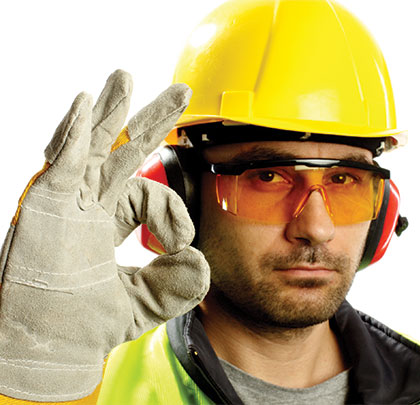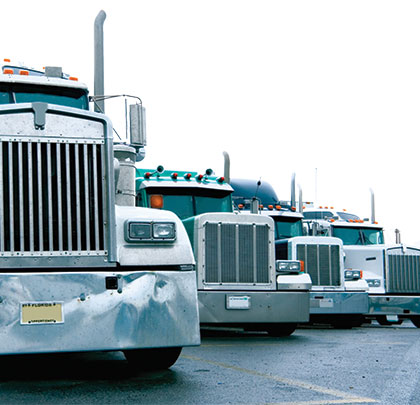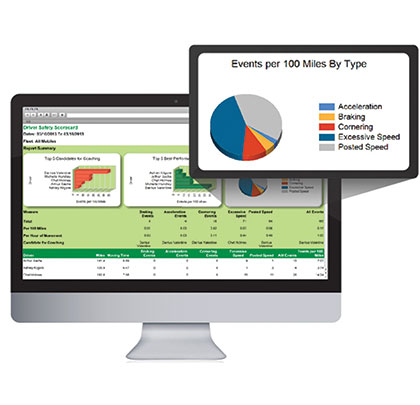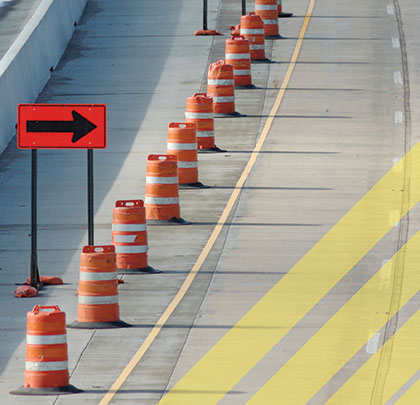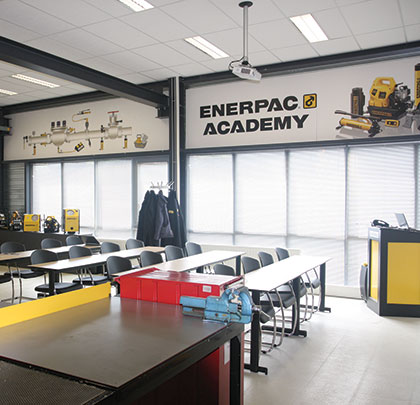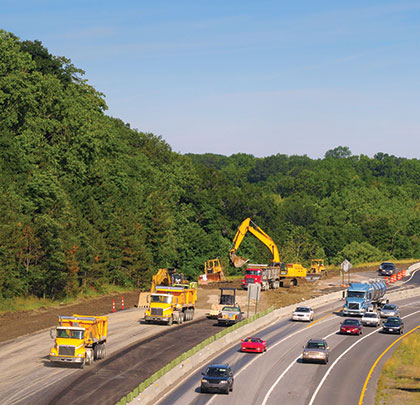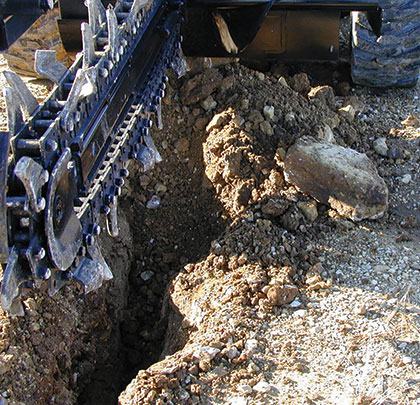Back to Basics
We’re not always sure what the jobsite has in store each day, but the statistics tell us that we can expect fall hazards. According...
Advancing Worker Safety
Construction companies invest more time and money in worker safety today than ever before. Safety management is now a key strategic consideration at major...
Retraining Driver Behavior
Job injuries are part and parcel in any industry and so is safety training. Each type of industry has specific safety concerns. Adding to...
Hidden Dangers
While the dangers in construction are apparent, they can be difficult to control in constantly changing work environments. In order to protect workers from...
Blame vs. Protection
Last year, more than 32,000 people lost their lives in motor vehicle accidents. Hundreds of thousands more were involved in accidents. In highway construction...
Enerpac Academy Promotes Safety
Enerpac has developed an in-house training program, Enerpac Academy, to offer Enerpac product operators and maintenance staff the opportunity to be trained in the...
High Stakes
State Departments of Transportation (DOTs) are spending a lot of time discussing safety. They generate marketing materials, create billboards, and launch compelling advertising campaigns....
Avoid Trenching Troubles
An inexperienced trencher operator can cause costly mistakes. From start to finish, educate yourself on the task at hand—know your digging conditions, recognize potential...
Strengthening the Jobsite Safety Climate
Management commitment is critical to improving the jobsite safety climate. Managers that “talk the talk” but do not “walk the talk” are poor safety...
Accountability Matters
Contract workers are a common sight at many facilities. These workers often perform very specialized and potentially hazardous tasks, such as confined space entry...


